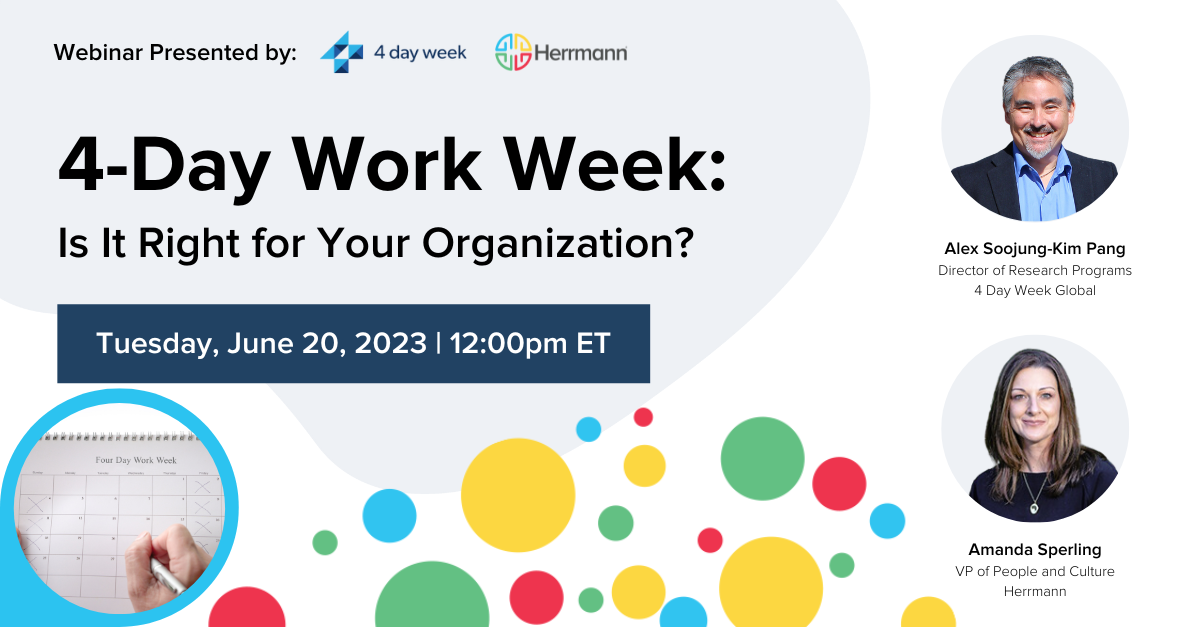In their new book Up is Not the Only Way: Rethinking Career Mobility, Beverly Kaye, Lindy Williams and Lynne Cowart point out that advancing your career doesn’t necessarily mean you have to climb the proverbial corporate ladder. That might be your journey, but it doesn’t have to be. It’s up to you.
“In place of a ladder of promotions,” they advise, “think of [your] career as a rich, flexible mix of experiences.” From this point of view, you could even embark on a fulfilling journey of growth and new opportunities without ever leaving your current job.
This isn’t just inspirational advice; in a world where fixed, linear career paths and stable, predictable job markets are a thing of the past, it’s both practical and realistic to think this way. Technology and the “gig economy” have also dramatically changed not only how work gets done but where you do it, who you might collaborate with and what you can feasibly do. You might have a more traditional job as well as a side gig. Or you might work a series of gigs, requiring more flexibility and personal control.
According to a study by LinkedIn, an estimated 43% of the U.S. workforce will be made up of freelancers by 2020, and that trend shows no signs of slowing down. Career mobility has been completely redefined, and with it, more doors than ever may now be open to you.
It’s a liberating and exciting thought, but it might mean that you need to look at your career from an entirely different perspective. And your brain just might have something to say about that.
Why Growth Requires Agile Thinking
Maybe you have some new directions in mind, but you haven’t been able to make much headway. Or maybe you’re just feeling stuck. Part of the reason people struggle is that rethinking career mobility is literally that—a process that starts with your brain. And the brain is a pattern-seeking machine. It looks for the familiar, filling in the blanks of a new experience by extrapolating from past experiences. You’ve been creating and fine-tuning your own unique style of thinking and building your “mental maps” and mindset throughout the course of your life.
This is a great feature of the brain. It means you don’t have to sit and think about how to start your car every day. Your brain unconsciously handles it for you. You also have thinking habits you perform all the time that you probably never pay much attention to. It’s just how you do what you do. These habits are based on your thinking preferences, which influence how you make decisions, solve problems and even what careers and tasks you’re interested in. It’s your default mode. And it’s comfortable.
But these shortcuts can also be a trap, especially when you’re encountering something new or need to change your perspective. Change requires challenging your mental maps and forming new connections in the brain. Growth inevitably means you’re going to have to stretch beyond your thinking comfort zones, to exercise what we call agile thinking. All of this is doable, but it takes intention, energy and motivation.
Powering Up Your Agile Thinking Brain
We know the brain is inherently flexible; it has the capacity to change through learning. So agile thinking is a skill you can develop. You just need to learn how to use this natural thinking flexibility to your advantage.
Building thinking agility starts with understanding how your own brain works. What are your thinking defaults? A diagnostic like the HBDI® is a good place to start since it will reveal your thinking preferences, how they shift under pressure and even the areas you actively avoid. This is crucial baseline information to have as you start to think about not only where you want to move and grow in your career but also what your potential blind spots might be and how you’ll need to adapt your thinking to deal with new situations and tasks.
Sign up to our newsletter for the latest insights
And finally, it’s about developing the comfort and skills to identify when to stretch your thinking to meet the needs of the situation, whatever it may be. You might need to be more flexible by your own choice, or it might be something that’s forced on you, through outsourcing, job changes, or a change in financial or other circumstances. Whatever the issue or goal you have in mind, agile thinking—that ability to intentionally stop, shift and adapt to the needs of the situation—will make the journey that much more possible and that much more fulfilling.
So, where will you go from here? No matter what path you take, whether it’s up, across or sideways, look at your career growth as a continual learning process. With new opportunities available, you may find that your “dream job” or gig isn’t all it was cracked up to be. Or that you’ll need more energy, resources and support than you’d realized to flex and stretch your thinking to meet those demands. The process might be a little uncomfortable, but remember: That means you’re learning. And as long as you’re learning, you’ll keep growing.


-1.png)










